Winter Safety Tips: How Proper Planning Can Prevent Icy Mistakes
Winter Safety Tips: How Proper Planning Can Prevent Icy Mistakes
Winter may be behind us currently as we ditch our boots and mittens in favor of a beach towel and sun hat, but the clock is ticking down to its return. I’m sure most ITS readers are familiar with the adage, “peace time is the best time to prepare for war” and you can apply that to winter as well. Today I’ll be providing a crash course in winter safety and how you can stay safe when the temperatures drop.
According to this report from the CDC, hypothermia killed a total of 16,911 people in the U.S. from 1999 to 2011. That’s an average of 1,301 deaths per year. How do we keep our options open, avoid having to rely on last-ditch survival measures and give hypothermia the cold shoulder? My winter job as a snowmobile guide means I get my 40 hours and overtime showing all sorts of people the great white outdoors, maintaining trails and performing other odd jobs. It’s easy for me to view frigid winter conditions in the same simplified perspective that any job eventually takes on. Preparation has always been the name of the game when it comes to surviving the winter season, so I say we start preparing now while cold weather gear is on clearance.
Mindset for Winter Safety
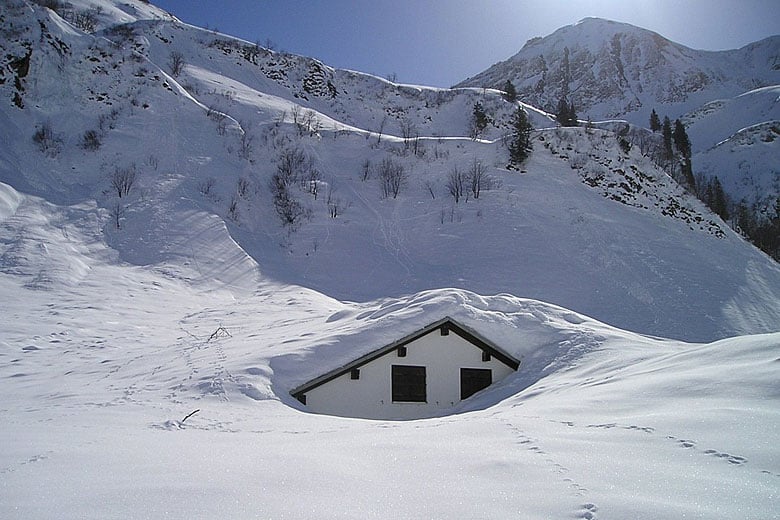
We all know how important situational awareness is and maintaining it takes discipline. Getting a little behind on food, water, or your body heat is so dangerous because of the effect it has on how you think about your current situation. If you ever get “hangry” or are even familiar with some of the humorous TV commercials dealing with it, you know how this sneaks up on you. The key here is to be aware of yourself, which allows you to maintain your situational awareness. When you get cold, you start making weird decisions really fast and being dehydrated or low on calories just supercharges that problem. In addition to being present and enjoying what you’re doing, you must constantly be monitoring yourself to ensure you’re not getting behind on food, water or your body temperature. If you recognize that your are, you’ll need to act quickly!
It’s harder to regain homeostasis once it’s lost and if you let those things slide, you can get yourself stuck, make work harder, lengthen your exposure, or be more likely to overcommit because you’re not able to react as well as you typically can.
In the summer “comfortable” is a luxury that you easily dispense with, but in winter “comfortable” is a safe state to achieve. Leave being a masochist for the summit of K2 or Everest. Be honest about your condition and vigilant in your nourishment.
Winter Safety Shelters
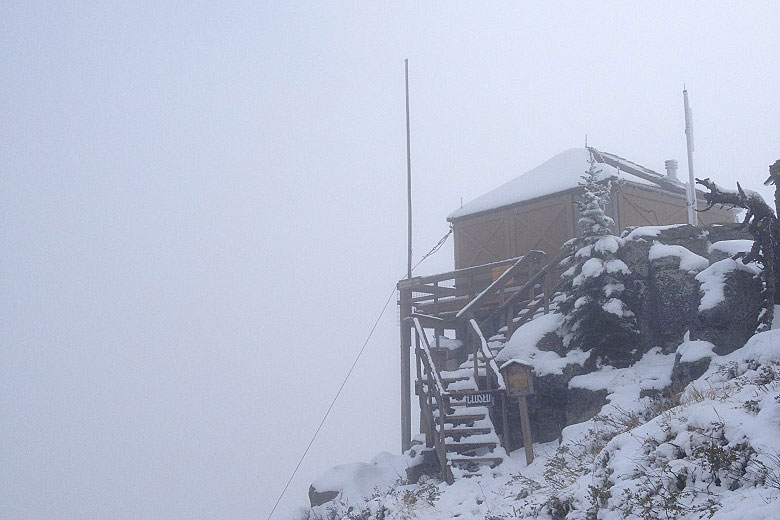
I always say “wear your shelter.” In summer months, shelter is usually just a tent and sleeping bag that you pull out when it gets chilly, but winter safety requires more proactivity when it comes to protecting yourself from the elements. Once you’re shivering, it’s harder to get yourself warmed up to a healthy temperature than it is to just throw on another layer when you first start to feel the chill. It’s winter, but that doesn’t mean you should be cold.
I like to layer myself up enough that I can sit still in the snow for a little while and not get cold. When I get moving, or as soon as I feel myself starting to sweat, I’ll shed some layers but pack them with me so that if something happens I can keep myself warm without relying on anything else. As a bonus, if I break a sweat or get my current clothes wet, I have spares to change into while I deal with the others. A good waterproof shell and pants/bibs are a must in the Pacific Northwest and I recommend them both any time snow is involved.
For emergency shelter, I also carry a bivy space blanket to act as a waterproof barrier. For such a light and compact item, these blankets work surprisingly well in keeping you warm. I also carry a tarp, which is something you can improvise a great deal with. Read up on digging a snow cave for a more extended emergency stay, it’s got some real perks and can make you feel like a kid again if you practice. Tents are good if you’re planning an overnight stay, but consider whether or not your tent can hold a snow load.
Food to Bring
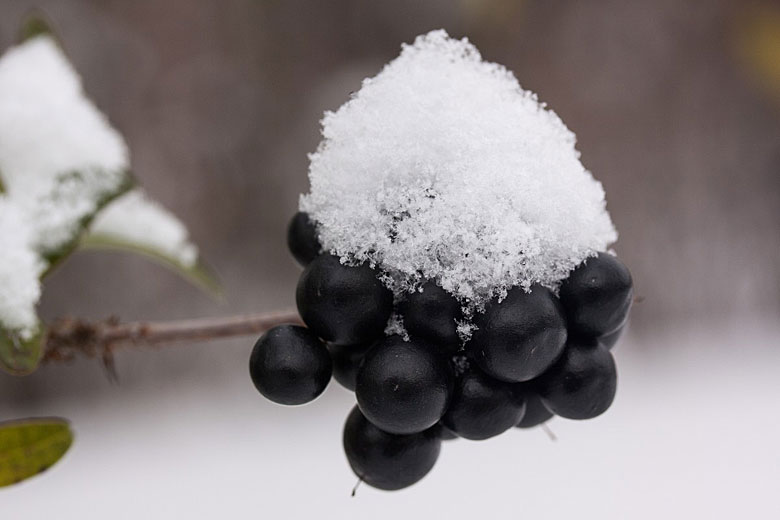
Food is my first winter safety line of defense when I notice mine or someone else’s brain shutting off a bit. A little boost to your blood sugar (while not sustenance) will get you thinking clearly again and in a place where you can more easily see the reality of your situation. I recommend packing some sweets or something to spike your blood sugar fast, in case you start to have a bad time.
My favorite sweet treat is some hot chocolate I can heat up quickly on my trusty MSR PocketRocket. Easy-to-make hot chocolate mix is great because it warms you up, while the sugar and calories give you a fast bump start to get your head back on track. Not to mention, it’s tasty so you won’t hesitate to have it any time.
I could have filmed multiple “hangry” commercials with all the times this trick has saved the day for me, but you should also realize you can’t live off candy and sweets. Speaking of candy, any type of bar left in your pack in the extreme cold is going to be nearly rock hard by the time you’re ready to eat it.
Be sure to take one out occasionally and put it in an inside pocket, using body heat to have it thawed when you’re ready for a snack. MRE’s can freeze as well, so be sure to bring the heater if that’s your thing. Cheese and crackers or a bagel with cream cheese and jerky are good snacks to bring that you can tear into without any preparation.
Preparing Water in the Cold
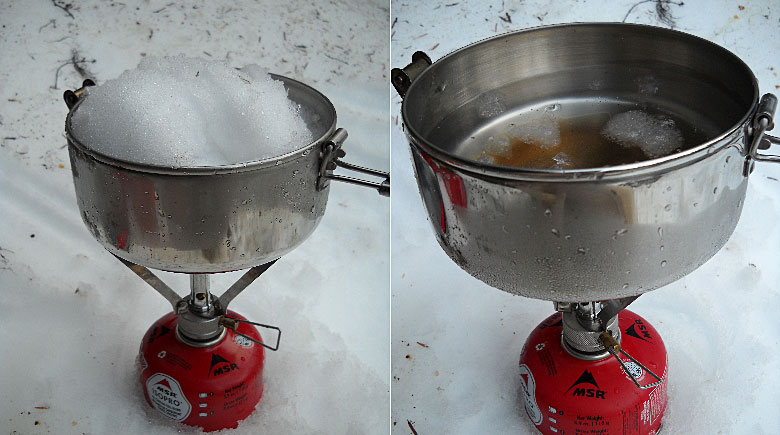
Water is just as important in extreme cold as it is on a hot summer day. Once you’re behind on water, it’s very difficult to get re-hydrated. Most of us are stubborn about drinking water when it’s chilly out, but you have to be disciplined enough to keep up on it. Luckily with winter, water is absolutely everywhere when snow is on the ground. It’s on the road, in the ditch and even piled on the trees. The trouble can be when all that water is in a solid state. Drinking lots of water isn’t very appealing when it’s snowy out, but adding some flavor with powdered lemonade or other beverage enhancer is a good way to to trick yourself into drinking more. However, there are two struggles with keeping water available at freezing temps, storage and collection.
Where I work, insulated bottles get a unanimous vote. I used to view insulated bottles on the same luxury level as heated seats or a Venti Half-Caf Caramel Macchiato, but experience has changed my tune. In the winter my non-insulated Nalgene bottles freeze solid while my Hydro Flask keeps tap-cold water in a liquid state for the whole day. Having water that’s ready to drink any time and the option to make hot chocolate or tea makes insulated bottles a solid option.
For those who like a hydration bladder, there are a few things to know before you head out into the cold with it. The water in that bite valve will freeze and so will the water in the tube, so it doesn’t matter if you have an insulated sleeve or not. To avoid this, when you’re done getting a drink, blow air back into the bladder to clear the tube and bite valve to leave it free of ice. Past that, the bladder itself can also freeze if it’s not insulated well in a pack.
Keeping the bladder against your body in your pack should be enough to keep it drinkable, but if it’s stashed on a snowmobile, it will practically be an ice cube when you go to take a drink. Additionally, filling the bladder with slightly warm water or sticking a couple adhesive toe warmers to your bladder can help.
When it comes to collection, I leave my water filter at home, as freezing will damage the filter element on most filters and getting near a source of liquid water can be dangerous if snow is deep. My stove always comes with me when there’s snow out. A stove lets you convert snow to something you can drink and allows you to purify it by boiling. To melt snow, instead of filling your pot with a heaping pile of it, melt a little bit into water then gradually add snow to the liquid to melt it faster. I use an MSR PocketRocket because being able to have that stove out and running quickly is pretty sweet.
Typically, pressurized canister stoves don’t work well in winter because the fuel gets too cold and stays liquid instead of evaporating to flammable gas, which is what actually burns. Make sure to reach for fuel canisters that have iso-butane or are a “four-season blend” to use for winter. Even so, these stoves are pretty reliable for me to around 20 degrees Fahrenheit, but not lower. Colder than that and I recommend a white gas stove such as an MSR Whisperlite International or similar. The downside to those stoves is the longer set up time and increase in size and weight. To their credit, they’re generally more reliable, can use multiple types of fuel, boil water faster, often do better in wind and are still a decent size and weight to take with you in a pack.
Winter Safety Travel
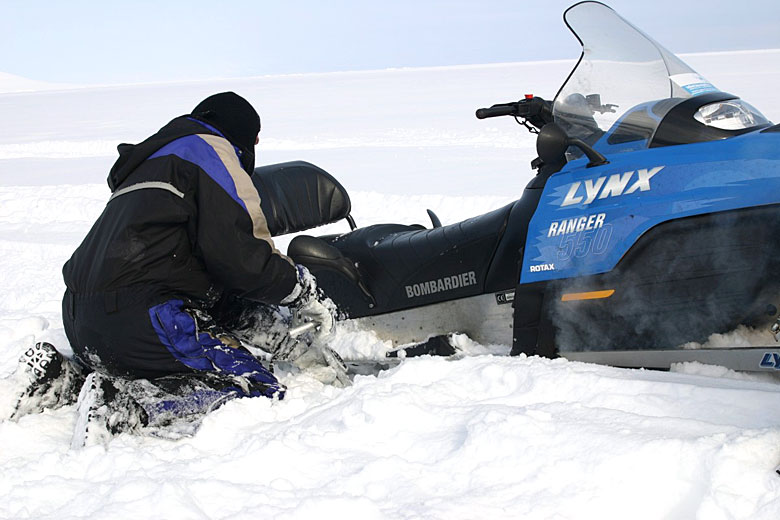
Walking in snow is a pain. That’s why snowshoes, skis and snowmobiles are the norm for getting around in winter months. You can cover good amounts of ground on snowshoes and even more on skis. Snowmobiles still impress me with the ability to transport you over a tremendous distance with ease. This is all wonderful, but don’t forget to consider what a broken binding on your skis means if you’re in the backcountry. What took you hours to ski into may take you days to walk out from. You weren’t planning for a 2-day trip, were you?
Snowmobiles are worse. I’d think nothing of doing a 30-mile loop in an hour or two but if I broke down halfway out, I’d be a 15 mile walk from self-rescue. That’s a whole day of hiking on dry ground, without factoring in the difficulty of trudging through snow. When you plan your trip, don’t put yourself in that position and have a winter safety backup plan. Bring spare parts and don’t go alone.
Phones and Electronics
Cold temperatures will make batteries in radios and especially cell phones (I’m looking at you, Apple) drain more quickly and often just die without warning. Nobody admits to relying on their phone, but it’s a good resource that may help you stay alive or at least keep you taking cool pictures of all the fun you’re having because you’re not shivering to death.
Keep your phone close to your body in an inside pocket, or stick an adhesive toe warmer against the back of it to keep the battery warm and your social media updates coming. Actually forget social media, you’re too busy enjoying the winter fun for that.
Conclusion
Wintertime is a lot of fun, but it’s helpful to take a moment to stop and consider what your current situation leads to. The common theme to winter safety is that if you don’t take care of something, you can lose it and it can be very difficult to get it back. Every action you take has benefits and consequences, so be mindful of the hazards and yourself when out in the elements. If you don’t have any snacks, are “mostly” sure of how to find your way back and are getting cold right now, think about what you’re setting yourself up for in an hour. An ounce of prevention is worth a pound of cure. Set yourself up for success by paying attention to your body and bringing along the right supplies for the hazards you’ll face. Stay safe and good luck!
Editor-in-Chief’s Note: Please join us in welcoming Mason Murray as a contributor on ITS. Mason has been a lifelong rural Pacific Northwest resident that spends his winters as a snowmobile guide and summers as a wildland firefighter. An intense interest in shooting and firearms occupies his spare time, as well as hiking, camping, and rock climbing. Mason hopes to help by sharing any information he can to promote a competent and responsible outdoor community.






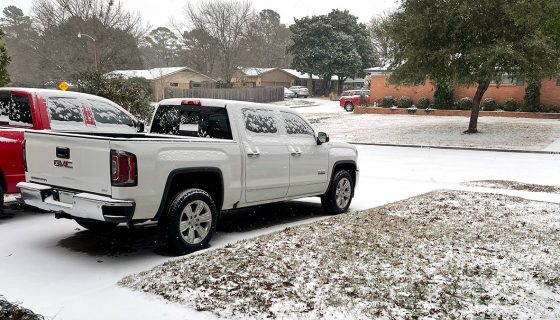

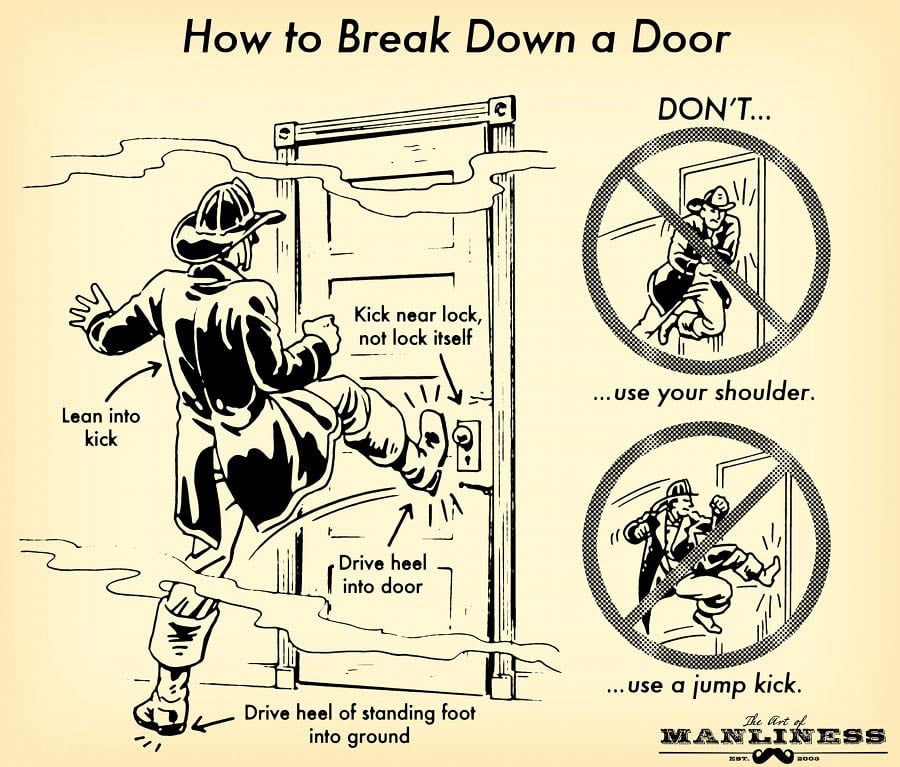


Discussion